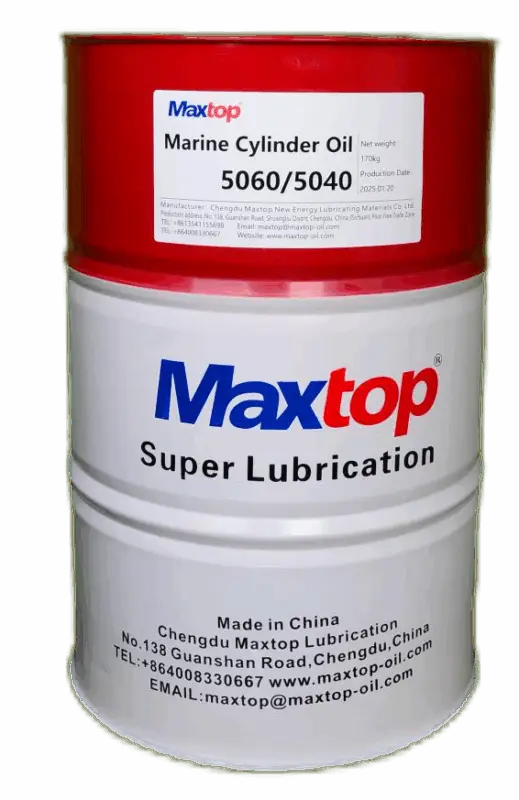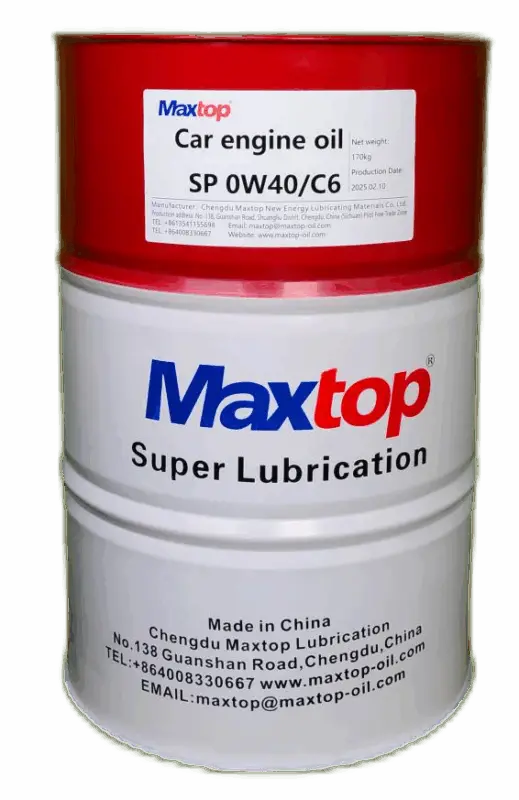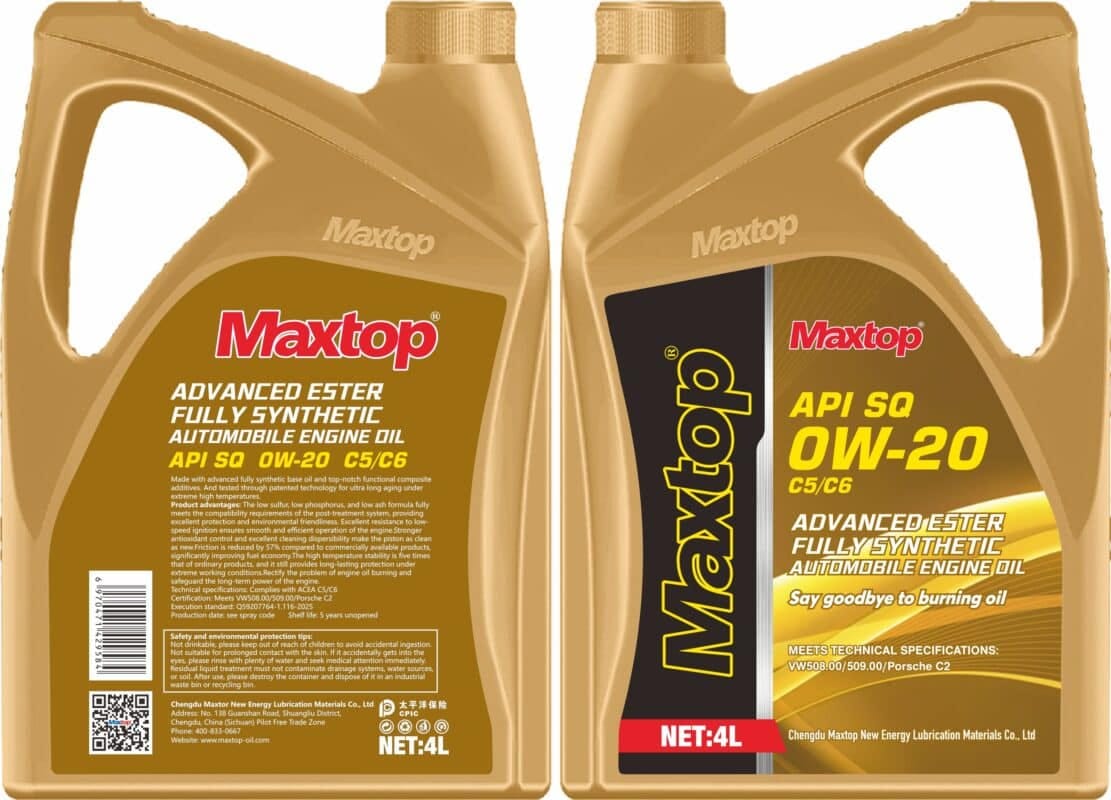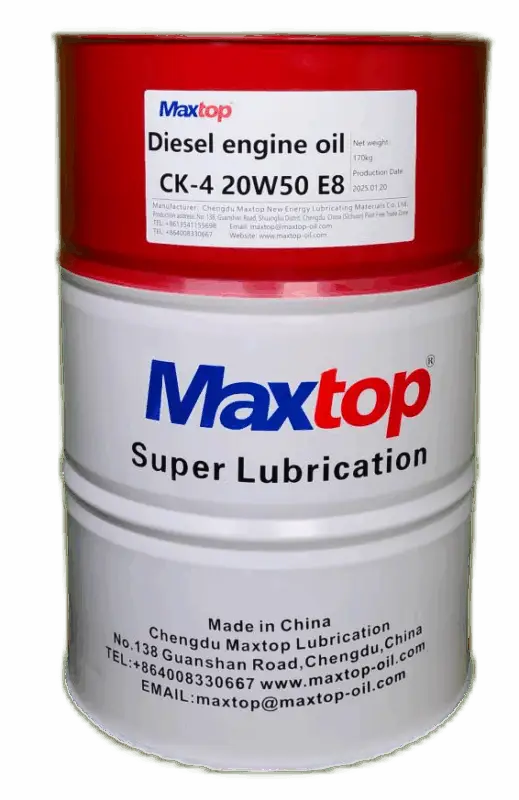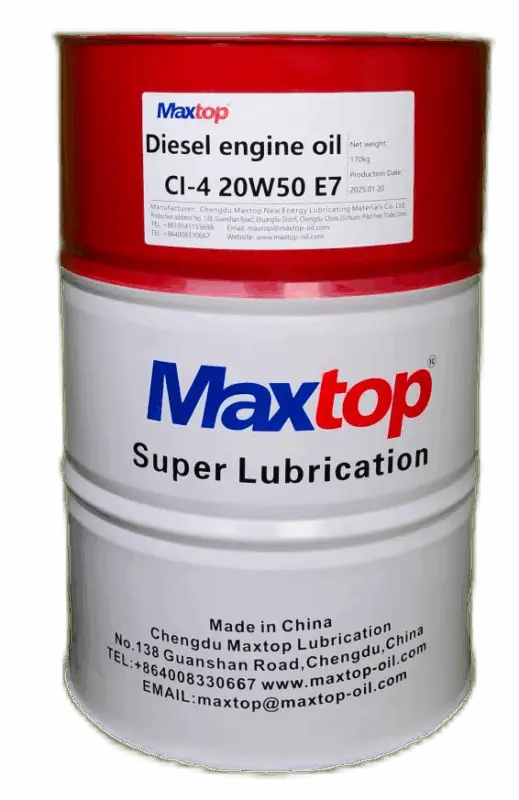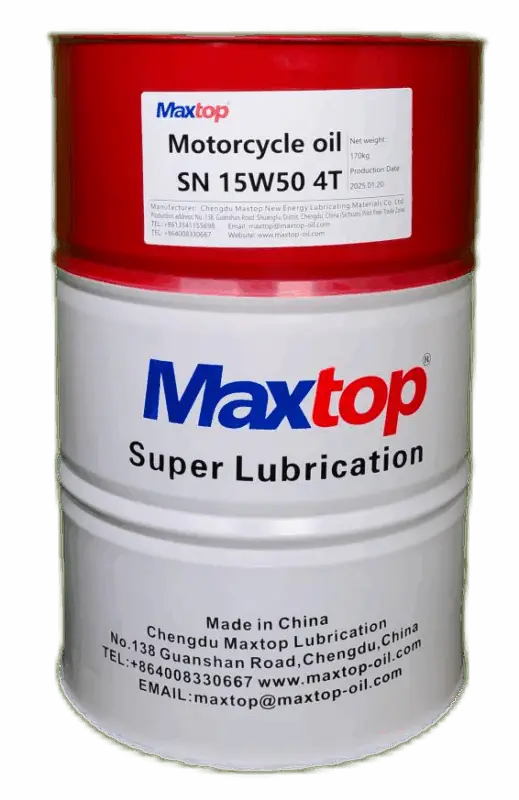Best Engine Oil for Tropical Climates: Complete 2025 Guide
In Southeast Asia, motorcycles and cars are used daily—for commuting, school runs, or navigating heavy traffic. Hot, humid weather and sudden rainstorms put extra stress on engines. Choosing the right engine oil is not just about smooth performance; it impacts fuel efficiency, engine lifespan, and peace of mind on long trips.
This guide covers selecting engine oil for Indonesia, Malaysia, Singapore, and Thailand: types of oil, SAE grades, API/JASO standards, oil change intervals, and practical tips.
Table of Contents
- Why Engine Oil Matters in Tropical Climates
- Types of Engine Oil: Mineral, Semi-Synthetic, Full Synthetic
- SAE Viscosity: 0W/5W/10W & 30/40/50 – Choosing the Right One
- API and JASO Standards
- Oil Change Intervals
- Recommended Oil Classes for Vehicles & Usage
- How to Read Labels & Avoid Counterfeits
- Daily Habits to Extend Oil Life
- Common Myths vs Facts
- FAQ
1. Why Engine Oil Matters in Tropical Climates
- Heat & Humidity: High temperatures combined with stop-and-go traffic increase engine temperature. Engine oil with good viscosity stability keeps the lubrication layer strong.
- Rain & Flooding: Driving through water can contaminate oil with water or fuel.
- Short Daily Trips: Engines often don’t reach full operating temperature, causing condensation and combustion residues to accumulate in the oil.
Benefits: Smoother engine operation, fuel efficiency, stable performance, and better protection of internal components.
2. Types of Engine Oil
- Mineral: Affordable, suitable for older motorcycles or cars. Requires more frequent changes.
- Semi-Synthetic: Balanced protection and cost-effective.
- Full Synthetic: Heat-resistant, low oxidation, stable under heavy traffic; ideal for modern motorcycles or vehicles on long trips.
3. SAE Viscosity: 0W/5W/10W & 30/40/50
- Front number + W (e.g., 10W): Cold start performance; lower numbers flow better in morning starts.
- Rear number (e.g., 40): Operating temperature viscosity; higher numbers are thicker when hot.
Typical for tropical conditions:
- Small motorcycles: SAE 10W-30 or 10W-40
- Medium motorcycles: SAE 10W-40, 15W-50 for heavy load
- Daily-use cars: 0W-20 / 5W-30 (fuel efficiency), 5W-40 for older engines
- Turbocharged or light diesel cars: 5W-30 / 5W-40
Always follow the vehicle’s manual; these are general tropical recommendations.
4. API and JASO Standards
- API (Petrol/Diesel): Modern standards protect engines from wear, timing chain issues, and low-speed pre-ignition.
- JASO (Motorcycles):
- MA / MA2: Wet clutch; MA2 provides firmer clutch grip
- MB: CVT scooters; usually more slippery for fuel economy
5. Oil Change Intervals
- Motorcycles:
- Mineral: 2,000–3,000 km
- Semi-Synthetic: 3,000–5,000 km
- Full Synthetic: 5,000–8,000 km
- Cars:
- Standard: 5,000–10,000 km or 6–12 months
- Severe use (heavy traffic, frequent hills): use the lower end
- Diesel pickups: Follow manual; monitor fuel filter and fuel quality
6. Recommended Oil Classes by Vehicle & Usage
- Small motorcycles: Focus on fuel efficiency and smooth starts; SAE 10W-30 / 10W-40, JASO MB
- Medium motorcycles (wet clutch): Stable throttle response; SAE 10W-40, JASO MA2
- Daily cars: Fuel efficiency and engine cleanliness; 0W-20 / 5W-30, API SP
- Turbocharged cars: Heat stability and turbo protection; 5W-30 / 5W-40, API SP
- Diesel pickups: Long-life and load endurance; 5W-30 / 5W-40, API CK-4
Maxtop engine oils meet these specifications and are manufactured for high reliability in tropical climates.
7. How to Read Labels & Avoid Counterfeits
- Check SAE + API/JASO ratings to match your vehicle.
- Look for official seals and batch codes; compare with Maxtop official documentation.
- Avoid “too cheap to be true” offers; buy through official distributors or verified B2B channels.
- Store oil in a cool, dry place away from direct sunlight.
8. Daily Habits to Extend Oil Life
- Warm up the engine briefly (30–60 seconds) before driving.
- Maintain correct tire pressure to reduce engine load.
- After water exposure, check dipstick; if oil looks milky → replace immediately.
- Follow regular maintenance and replace oil filters as recommended.
9. Common Myths vs Facts
- Myth: Full synthetic oil never needs checking.
- Fact: Always check level and color, especially in stop-and-go traffic.
- Myth: Changing oil more frequently always protects the engine.
- Fact: Follow recommended intervals; excessive changes waste resources.
10. FAQ
Q1: What engine oil suits small daily-use motorcycles?
A: SAE 10W-30 / 10W-40, JASO MB, API SN/SP; choose fuel-saving, heat-resistant formulas.
Q2: Medium motorcycles with wet clutch—what JASO rating?
A: JASO MA2 ensures optimal clutch performance under heat and traffic.
Q3: Daily-use car manual recommends 0W-20—can I switch to 5W-30?
A: Only if the manual allows; 5W-30 may provide better heat stability under heavy load.
Q4: How often to change motorcycle oil if using mineral?
A: 2,000–3,000 km; use lower interval if in heavy traffic or rainy conditions.
Q5: Signs that oil needs replacement?
A: Dark color, fuel smell, rough engine, maintenance indicator lights.
Q6: Is counterfeit engine oil dangerous?
A: Yes—poor lubrication, engine wear, clutch slippage. Always purchase via Maxtop verified distributors.
Q7: Are additional additives necessary?
A: Not if oil meets API/JASO specifications.
B2B Partner Information
Maxtop is a trusted Chinese manufacturer of high-quality engine oils suitable for tropical climates. Our B2B partners across Southeast Asia rely on Maxtop for:
- Full synthetic, semi-synthetic, and mineral engine oils
- Compliance with API and JASO standards
- Reliable supply chain for dealerships, distributors, and fleet operators
Contact us to discuss bulk orders, distribution, or private labeling opportunities with Maxtop.



